5 Powerful Art Therapy Exercises for PTSD Recovery

Table Of Contents
- 1. Trauma Narrative Exercise
- 2. Safe Place Visualization
- 3. Mandala Drawing
- 4. Body Mapping
- 5. Collage of Strengths
- Case Studies: The Power of Art Therapy for PTSD
- The Effectiveness of Art Therapy for PTSD
- Conclusion
Post-traumatic stress disorder (PTSD) is a mental health condition that can develop after experiencing or witnessing a traumatic event. Symptoms of PTSD can include flashbacks, nightmares, severe anxiety, and uncontrollable thoughts about the event. Art therapy has emerged as a powerful tool for individuals struggling with PTSD, providing a creative outlet for expressing emotions, processing traumatic experiences, and promoting healing.
At Scholistico, we offer an Art Therapy Practitioner Certification that equips individuals with the knowledge and skills to effectively use art therapy techniques in their work with clients. Our 50 Art Therapy Exercises for Children, Adults, and Seniors eBook is a valuable resource for anyone looking to incorporate art therapy into their practice.
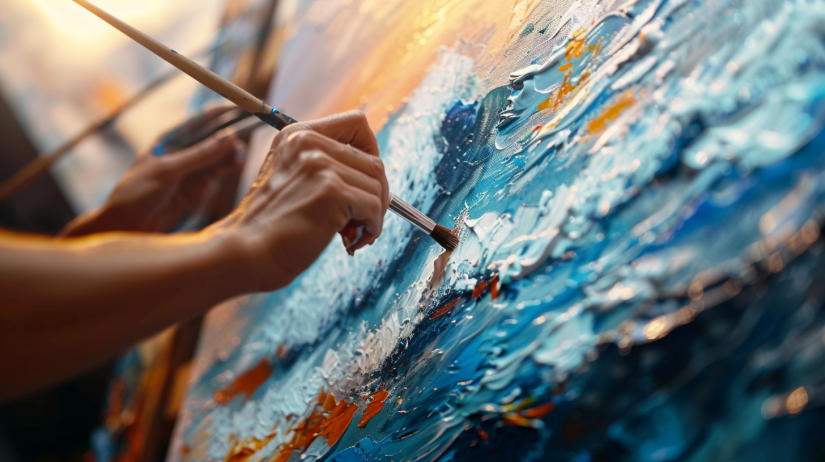
1. Trauma Narrative Exercise
The Trauma Narrative Exercise is a powerful art therapy technique that allows individuals with PTSD to process and integrate their traumatic experiences. In this exercise, clients are encouraged to create a visual representation of their trauma using various art materials such as paint, markers, or collage.
How to Facilitate the Trauma Narrative Exercise
- Provide a safe and supportive environment for the client to engage in the exercise.
- Offer a variety of art materials and encourage the client to choose what resonates with them.
- Prompt the client to create a visual representation of their traumatic experience, allowing them to express their emotions and thoughts through art.
- Encourage the client to share their artwork and discuss their experience if they feel comfortable doing so.
- Help the client process their emotions and identify any insights or realizations that emerged during the exercise.
Benefits of the Trauma Narrative Exercise
- Allows for non-verbal expression of traumatic experiences
- Facilitates emotional processing and integration
- Promotes a sense of control and empowerment
- Helps clients gain new perspectives and insights into their trauma
2. Safe Place Visualization
The Safe Place Visualization exercise is designed to help individuals with PTSD create a mental image of a safe, comforting place they can retreat to when feeling overwhelmed or triggered. This exercise promotes relaxation, reduces stress, and enhances coping skills.
How to Facilitate the Safe Place Visualization Exercise
- Guide the client through a relaxation technique, such as deep breathing or progressive muscle relaxation.
- Ask the client to visualize a place where they feel completely safe, secure, and at peace. This can be a real or imaginary place.
- Encourage the client to engage all their senses in the visualization, noticing sights, sounds, smells, and physical sensations.
- Prompt the client to create an artwork representing their safe place using their preferred medium (e.g., drawing, painting, or sculpting).
- Discuss the client’s experience and artwork, reinforcing the positive emotions and sensations associated with their safe place.
Benefits of the Safe Place Visualization Exercise
- Promotes relaxation and reduces stress
- Enhances coping skills and emotional regulation
- Provides a mental refuge during times of distress
- Strengthens the client’s ability to self-soothe and find inner peace
3. Mandala Drawing
Mandala drawing is a meditative and therapeutic art exercise that involves creating a circular design using repetitive patterns and shapes. This exercise can be particularly beneficial for individuals with PTSD, as it promotes relaxation, reduces anxiety, and encourages self-expression.

How to Facilitate the Mandala Drawing Exercise
- Provide the client with a circular template or have them draw a circle on a blank piece of paper.
- Encourage the client to fill the circle with repetitive patterns, shapes, and designs using their chosen art materials (e.g., markers, colored pencils, or watercolors).
- Emphasize the process of creating the mandala rather than the final product, encouraging the client to focus on the present moment and let go of any judgments or expectations.
- Allow the client to work at their own pace, creating a sense of control and autonomy.
- Discuss the client’s experience and any insights or emotions that arose during the exercise.
Benefits of Mandala Drawing
- Promotes relaxation and reduces anxiety
- Encourages self-expression and creativity
- Enhances focus and concentration
- Provides a sense of accomplishment and mastery
4. Body Mapping
Body mapping is an art therapy exercise that involves creating a visual representation of one’s physical and emotional experiences. This exercise can be particularly helpful for individuals with PTSD who may struggle to verbalize their feelings or sensations.
How to Facilitate the Body Mapping Exercise
- Provide the client with a large piece of paper and art materials such as markers, paints, or collage materials.
- Ask the client to trace an outline of their body on the paper or have them lie down on the paper while you trace their outline.
- Encourage the client to fill the body outline with colors, images, words, or symbols representing their physical sensations, emotions, and experiences related to their trauma.
- Prompt the client to reflect on the artwork and discuss any insights or realizations that emerged during the process.
- Help the client identify patterns, connections, or areas for further exploration and healing.
Benefits of Body Mapping
- Allows for non-verbal expression of physical and emotional experiences
- Promotes self-awareness and body-mind connection
- Facilitates the identification of trauma-related sensations and emotions
- Provides a visual tool for tracking progress and changes over time
5. Collage of Strengths
The Collage of Strengths exercise is designed to help individuals with PTSD recognize and celebrate their inner resources, resilience, and positive qualities. This exercise promotes a strengths-based perspective and enhances self-esteem.
How to Facilitate the Collage of Strengths Exercise
- Provide the client with a variety of magazines, newspapers, or printed images, as well as scissors, glue, and a large piece of paper or poster board.
- Ask the client to identify their personal strengths, positive qualities, and resources that have helped them cope with their trauma.
- Encourage the client to search through the provided materials and select images, words, or phrases that represent their strengths and resilience.
- Prompt the client to arrange and glue the selected items onto the paper or poster board to create a collage.
- Discuss the client’s collage, highlighting their strengths and exploring how they can continue to draw upon these resources in their healing journey.
Benefits of the Collage of Strengths Exercise
- Promotes a strengths-based perspective and positive self-image
- Enhances self-esteem and self-efficacy
- Encourages the identification and utilization of personal resources
- Provides a tangible reminder of the client’s resilience and coping abilities
Case Studies: The Power of Art Therapy for PTSD
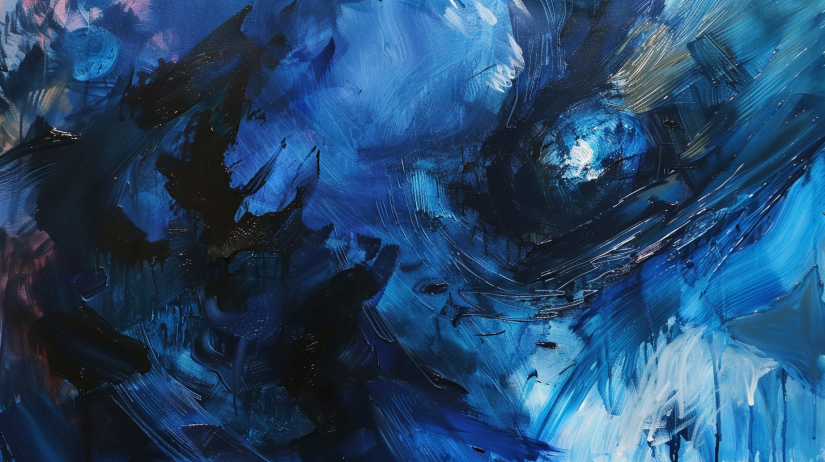
Sarah’s Journey: From Trauma to Healing
Sarah, a survivor of childhood sexual abuse, struggled with PTSD symptoms for years. Through art therapy, she began to process her traumatic experiences and express her emotions in a safe and supportive environment. The Trauma Narrative Exercise allowed Sarah to create a series of paintings depicting her journey from trauma to healing. As she shared her artwork with her therapist, Sarah gained new insights into her experiences and developed a stronger sense of self-compassion and resilience.
Michael’s Story: Finding Peace Through Art
Michael, a veteran with combat-related PTSD, found it challenging to open up about his experiences and emotions. The Safe Place Visualization exercise provided him with a tool to create a mental sanctuary where he could find peace and solace. Through drawing and painting his safe place, Michael was able to access positive emotions and develop a greater sense of control over his thoughts and feelings. Art therapy became an integral part of his healing journey, helping him to process his trauma and build a more hopeful future.
The Effectiveness of Art Therapy for PTSD
For more information on the effectiveness of art therapy for PTSD, visit the American Art Therapy Association’s website at www.arttherapy.org. The American Art Therapy Association is a professional organization dedicated to advancing the field of art therapy and promoting the use of art therapy for mental health and wellness. Their website offers a wealth of resources, research, and information on the benefits of art therapy for various populations, including those with PTSD. By exploring their site, you can gain a deeper understanding of how art therapy can support the healing process and improve the lives of individuals struggling with trauma.
Conclusion
Art therapy offers a powerful and transformative approach to healing for individuals with PTSD. By engaging in exercises such as the Trauma Narrative, Safe Place Visualization, Mandala Drawing, Body Mapping, and Collage of Strengths, clients can express their emotions, process traumatic experiences, and develop greater self-awareness and resilience.
As an aspiring art therapy practitioner, you can make a meaningful difference in the lives of those struggling with PTSD. By enrolling in our Art Therapy Practitioner Certification and utilizing resources like our 50 Art Therapy Exercises eBook, you’ll gain the knowledge and skills necessary to effectively support your clients on their healing journey.
Remember, healing is a process, and art therapy can be a catalyst for growth, self-discovery, and transformation. By creating a safe and supportive environment for your clients to engage in these powerful exercises, you can help them reclaim their lives and find hope for a brighter future.


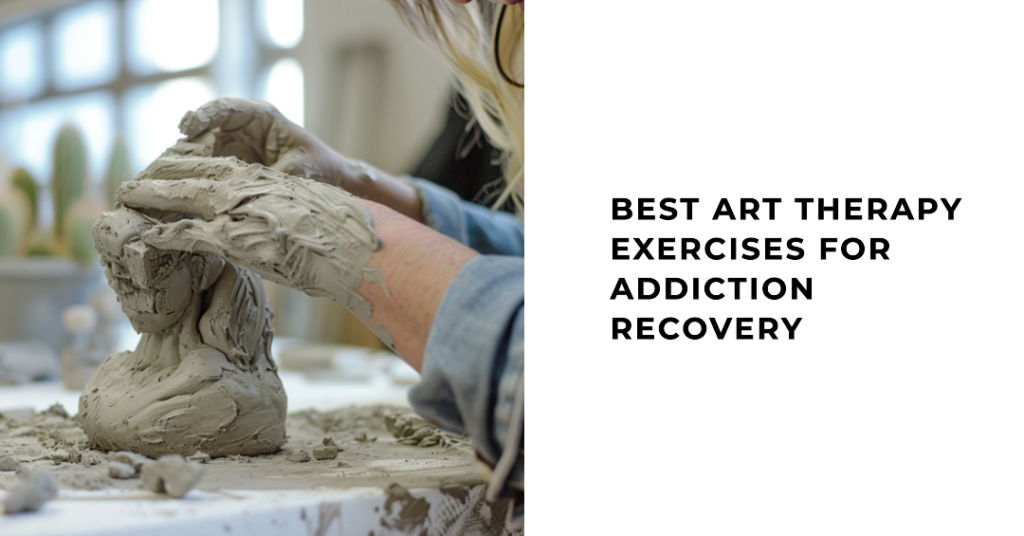
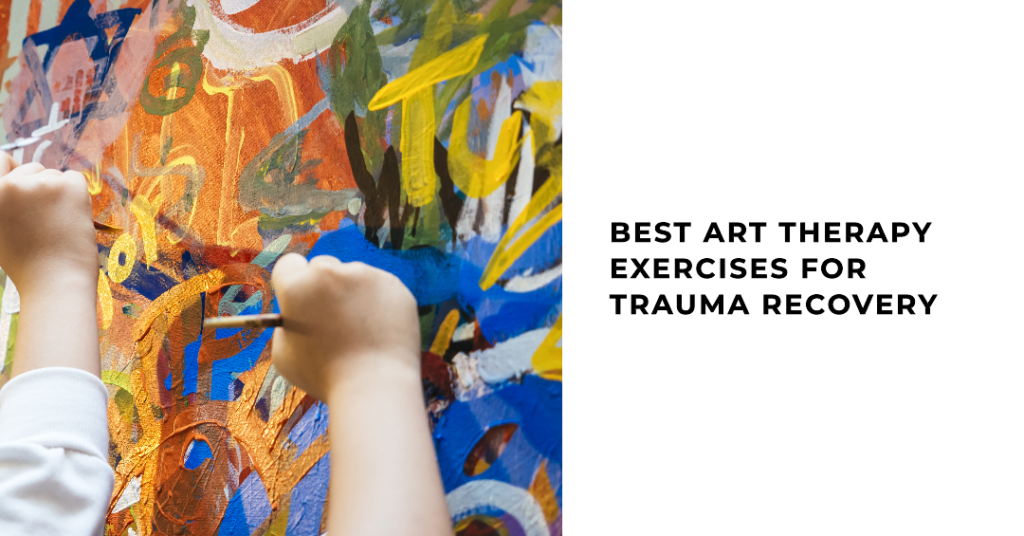
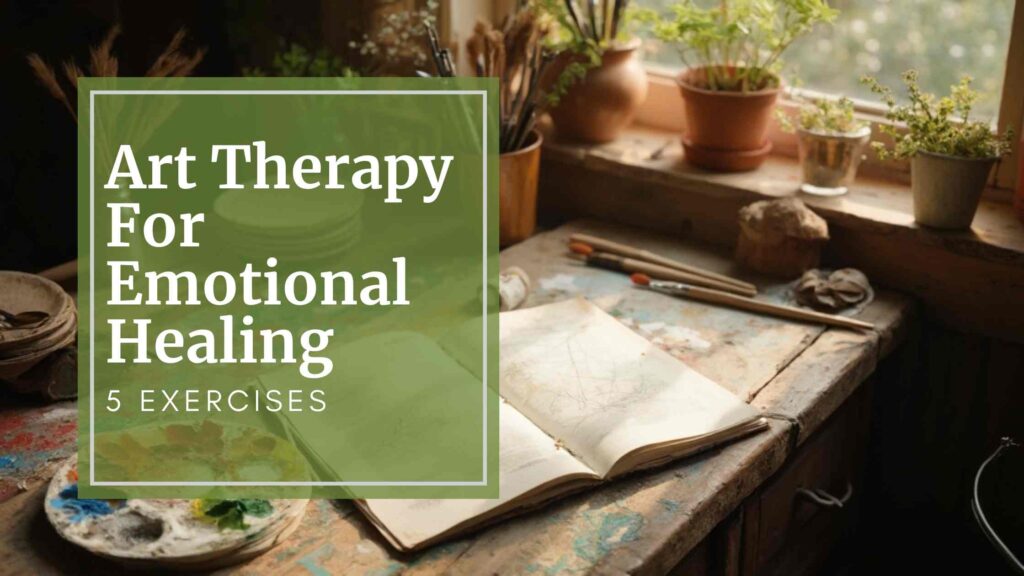
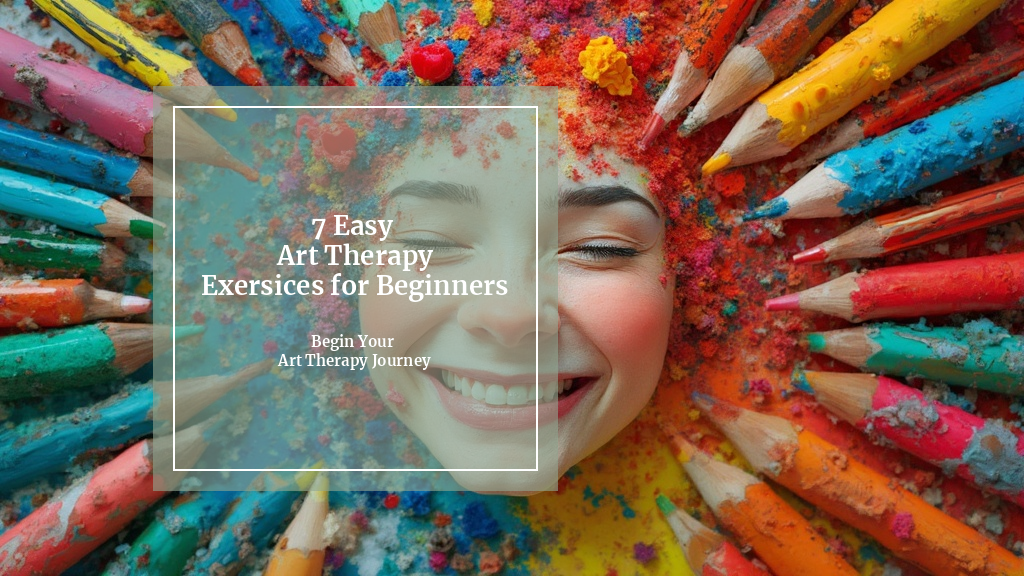


Responses